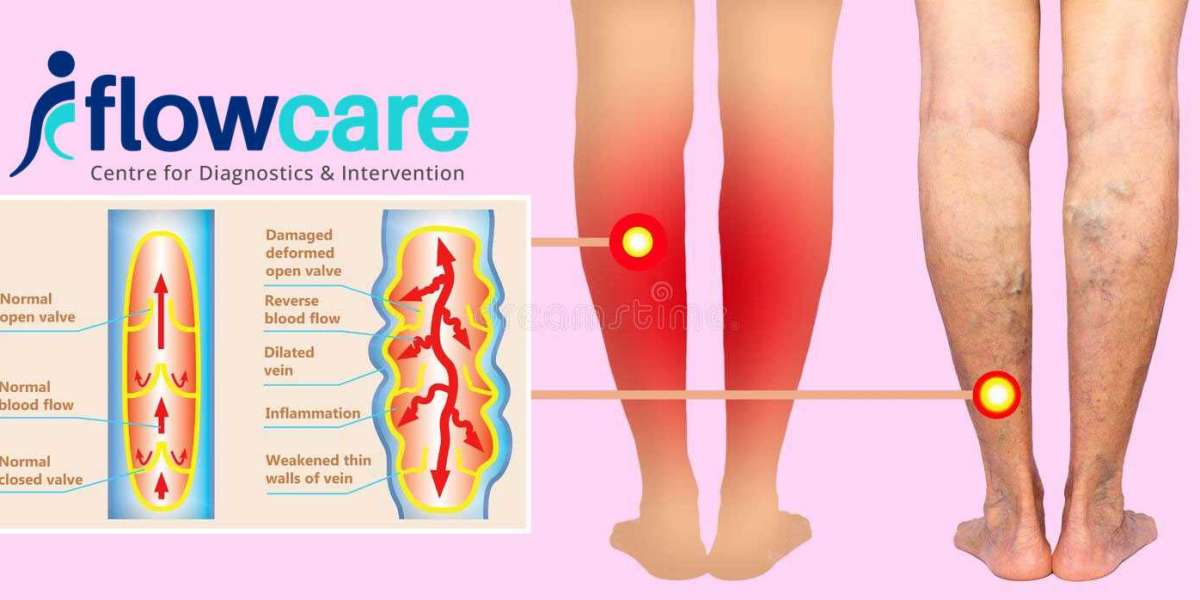Deep Vein Thrombosis is a serious condition that requires immediate medical attention. The failure to get treatment can result in fatal complications. It is the condition that occurs when a blood clot forms inside your vein. The clump of blood in the solid-state deep inside the body can trigger pain and discomfort.
Deep Vein Thrombosis Treatment
Symptoms of DVT
In normal cases, the deep vein blood clots form in your lower leg or in your thigh. But, it can also develop on other body parts. But, the common symptoms associated with the DVT are:
- Swelling in the leg, ankle, or foot (usually on one side)
- Cramping pain on the affected leg
- Unexplained, severe pain in the ankle and foot region
- Warmer skin compared to the other area
- The affected area turns a pale/reddish/bluish color
Causes of DVT
DVT is triggered by the blood clot that interrupts with the blood circulation. The clot that usually forms in the vein can occur due to several reasons like:
Injury
The physical damage to your blood vessel’s wall can affect the blood flow. It can either narrow or block the blood flow resulting in a blood clot.
Surgery
If you undergo any surgery, then it increases your chances of developing a blood clot. It is due to the fact that the blood vessels can get damaged during the invasive procedure. The bed rest after surgery can also increase your risk of developing a blood clot. The restriction of movement can result in the condition.
Inactivity Or Reduced Mobility
The sedentary lifestyle can put you at risk of getting the blood clots. When you sit at the same place for a long period of time, the blood can collect in your lower body parts. The restriction of movement for extended periods of time can slow down the blood flow. So, it results in the blood clot development.
Medications
Some medications can have the side effect of causing blood clots. So, it increases your risk of getting DVT.
DVT Medical Treatment
DVT is a serious medical condition that you need to talk to your doctor immediately. Visit your nearest hospital when you experience the symptoms of DVT. The most common treatment options offered by the doctors are:
Medications
Your doctor can provide blood thinners to prevent blood clot. The blood thinners can decrease the chances of the development of clots and keep the existing clot to a small size.
Compression Stockings
You can wear compression stockings to prevent swelling on your legs. It can also lower the chances of developing clots.
Filters
Your doctor can place a filter inside your vena cava (the largest abdominal vein). The treatment is ideal for patients who cannot take blood thinners. The treatment can stop clots from reaching your lungs and avoids pulmonary embolisms.
Surgery
If your blood clots are large or cause serious complications like tissue damage, then your doctor recommends surgery. The invasive procedure locates the clots and removes it. The surgeon also repairs the affected tissue and blood vessel during the procedure. Various types of Surgical Treatment including invasive and non-invasive offered by the surgeons for the DVT Treatment. A good healthy lifestyle with nutritious diet and good physical exercise can prevent DVT. So, implementing the simple steps can avoid any life-threatening complications. It prevents the possibility of getting blood clots.








